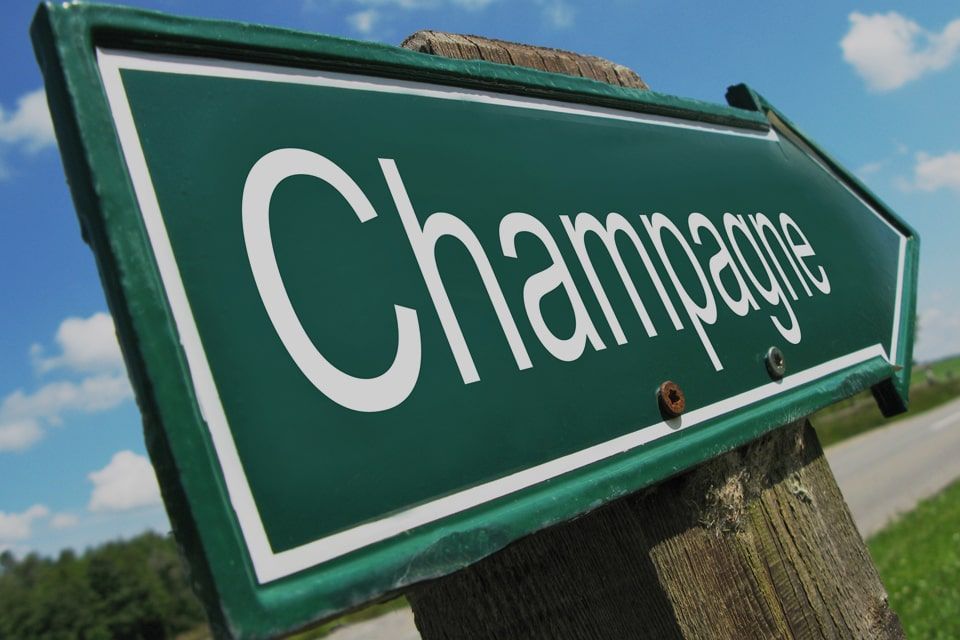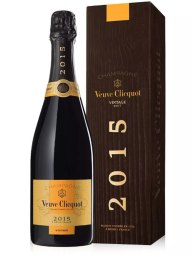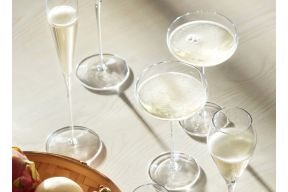The Champagne wine region is an area of North-East France, set within the historical province of Champagne. The 84,000-acre area is best known for being the home of a sparkling white wine with the same name, Champagne.
While there are many different types of sparkling wine today, legally, the effervescent drink can only be classified as Champagne if it comes from the Champagne wine region in France. This is because Champagne was given an AOC (Appellation d’Origine Contrôlée) in 1936. An AOC is a label that links a product and its production process with a specific geographical location.
The climate of the region, as well as the acidic soil mix of chalk and limestone, provides the perfect conditions for making Champagne.
Table of Contents:
- Champagne wine region map
- The history of wine-making in Champagne
- The 5 Champagne subregions
- Epernay, the capital of Champagne
- Top 5 Champagne houses you can visit
- Climate change and Champagne production
- Other wines made in the Champagne region
- Visiting the Champagne wine region
- So, to summarise...
Champagne Wine Region Map
The history of wine-making in Champagne
The history of Champagne starts over 1500 years ago. It started when Romans planted vineyards and studied wine production sometime between the 1st and 5th centuries when the region was known as northern Gaul.
In the year 987, Hugh Capet was crowned King of France in Reims. The local Champagne wine was served and displayed at the coronation banquet — a tradition that French kings continued to take part in until the monarchy ended in the 19th century. From then, Champagne became synonymous with wealth and celebration.
At that time, the Champagne wine region suffered freezing cold winters. For wine-makers, this spelt disaster as it halted the drink’s fermentation process. When temperatures warmed up again, a second fermentation process would occur, causing carbon dioxide bubbles to form in the wine and creating the classic fizzy texture. The gas build-up from the bubbles would add pressure to the bottles, sometimes causing them to explode. For a while, Champagne gained the nickname of "le vin du diable", or “the devil’s wine”.
Opinions were split on the fizzy wine. Winemakers, including Dom Perignon, the Father of Champagne, worked hard to find a way to get rid of the bubbles. However, French royalty in the 17th century enjoyed the fizz and it began to grow significantly in popularity. The winemaker’s intentions then focused on a way to keep the bubbles and perfect the methods for production and storage instead.
The 5 Champagne subregions
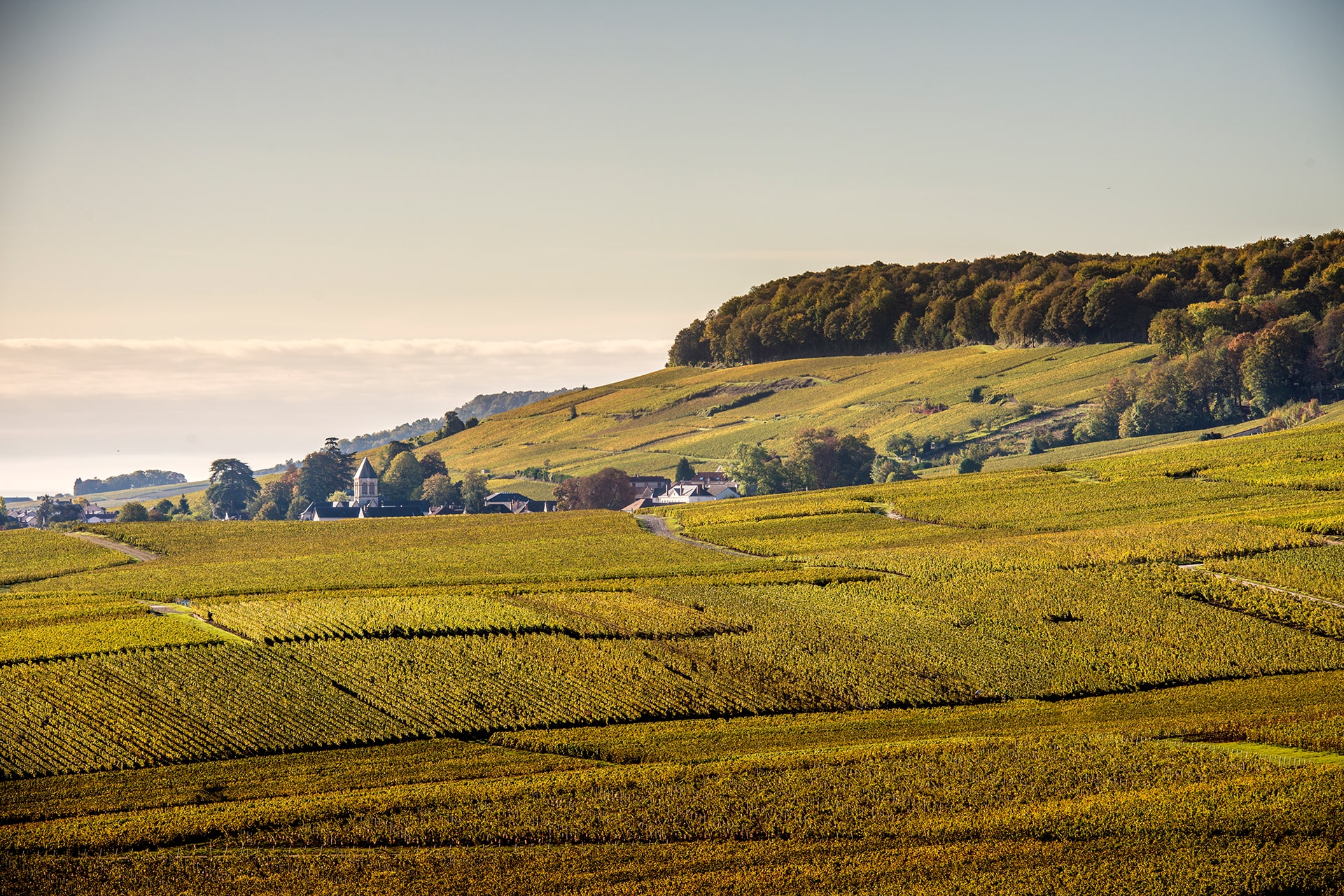
As of 1927, the Champagne AOC can be split into five legally defined subregions: Montagne de Reims, the Marne Valley, Côtes de Blancs, Côtes de Sézanne and Côtes des Bar.
Montagne de Reims
Located in the most northern part of the Champagne wine region, Montagne de Reims is home to Reims, the Heart of Champagne, and Epernay, another hub for tourism and wine-making. The area has more grand cru than the other four subregions and boasts an impressive 10,404 acres of vineyards. The most common grape varieties in this area include pinot noir, chardonnay and pinot meunier.
The southwards-facing slopes and the chalky limestone soil make excellent growing conditions. Together, these allow the vines to soak up a full day of sunlight, yet allow a cool, consistent humidity for the grapes.
You might recognise Montagne de Reims by its famous Champagne houses: Veuve Clicquot, Mumm, Taittinger, Lanson and Pommery can all be found within this area.
The Marne Valley
The Marne Valley consists of more than 4,500 acres of vineyards, almost two-thirds of which are pinot meunier. The historic village of Aÿ sits within the Marne Valley. It’s the only grand cru village in the region and is known for its delicious pinot noir grapes.
The terroir of the Marne valley stretches from Bisseuil to Charly-sur-Marne. Here, the soil contains high volumes of marl, which comes from lime-rich mud. Sandy, clay soil is also common in this subregion.
The Marne Valley is said to be where Dom Perignon invented and perfected the Champagne-making process. The famous Champagne houses of Bollinger and Ayala can be found within this region, too.
Côte des Blancs
Côte des Blancs takes its name from chardonnay grapes. Blanc means white in French, like the chardonnay grapes used to make white wines. This comes as no surprise, considering 97% of the vineyards in this region grow this grape variety.
There are six grand cru villages in Côte des Blancs: Avize, Chouilly, Cramant, Le Mesnil-sur-Oger, Oger and Oiry. Here, there are over 7,900 acres of cultivable vineyards. The area is renowned for its deeply hydrating chalky soil and is considered to have perfect growing conditions for the vines.
Famous Champagne houses in this subregion include Pol Roger and Mercier, Mercier being the number one selling Champagne brand in France.
Côtes de Sézanne
Côte de Sézanne sits just below the Côte de Blancs area and is hugged by the Grand Morin Valley. The 3,500 acres of vineyards in Côte de Sézanne mostly grow chardonnay grapes, pinot noir and pinot meunier varieties. The soils in this subregion are predominantly clay, or clay mixed with chalk, which causes the grapes to ripen earlier than in other regions.
Côtes de Sézanne does not contain any Champagne houses or grand cru villages. It is home to some other cru villages, like Broyes, Allemant, Barbonne-Fayel, Bethon, Fontaine-Denis-Nuisy and Villenauxe-La-Grande. The grapes that grow here are typically used for non-vintage varieties of wine.
Côtes des Bar
Côtes des Bar is located in the southern part of the Champagne wine region. This area is famous for its cadoles, or wine huts. Cadoles are igloo-shaped lodges built with flat stones. The purpose of these huts was to provide thermal neutrality all year round — a cool place in summer and warmth in the winter. While one might expect that cadoles were built as a place to store the wine, you might be surprised to learn that these huts were primarily built for the wine growers themselves, to provide a place of shelter and rest.
Pinot noir grape varieties dominate the vines in Côtes des Bar. Notable towns include Aube, Les Riceys, Gyé-sur-Seine and Courteron, where wine-making has been a tradition for many hundreds of years. The area makes up 23% of the Champagne region, with 20,027 acres of vineyards.
Epernay, the capital of Champagne
Found deep within the heart of the Champagne wine region, Epernay has long been considered the capital city of Champagne. Production of the fine wine grew in Epernay following the arrival of Nicolas Ruinart in Reims in 1729. Ruinart is the oldest established Champagne house, exclusively producing Champagne since 1729.
Epernay hosts the Grandes Maisons de Production et de Négoce du Vin de Champagne. Meaning, the Major Champagne Wine Production and Trading Houses.
Epernay is perhaps most well known for its wonderful Avenue de Champagne (see map below). The 1-kilometre-long street contains some of the most famous Champagne houses in the world, including Mercier, Perrier Jouet, Moët & Chandon, Boizel and Pol Roger. The street, and the cellars below it where the Champagne is stored, were both inscribed on the UNESCO World Heritage List in 2015.
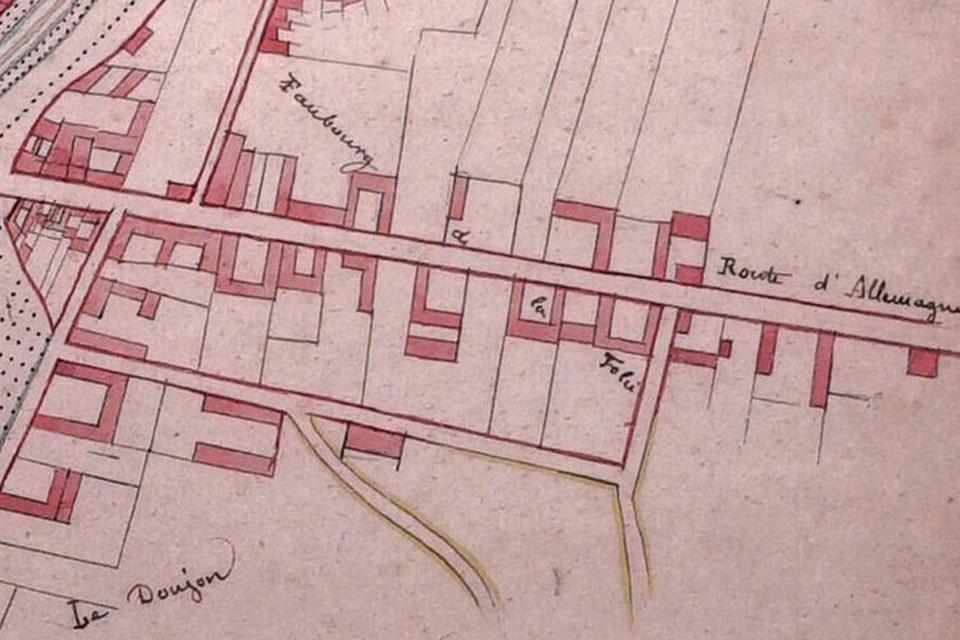
Top 5 Champagne houses you can visit
Some of the most popular Champagne houses include Ruinart, Mumm, Taittinger, Boizel, and the intriguing house of Pommery.
1. Ruinart
The Chardonnay-focused Ruinart house can be found in Reims, at the centre of the Champagne AOC. It is the oldest Maison de Champagne (1729). The 40 metres-deep wine cellars still bear the signs of its history — visitors can visit the third-century Roman creators underneath the wine house.
Champagne Ruinart, 4 Rue de Crayères, 51100 Reims
2. Mumm
Explore a maze of 25km of underground tunnels, where some 25 million bottles of Champagne are stored. When visiting the Mumm Champagne house and cellar, you’ll witness the fully preserved fermenting rooms and learn all about the centuries-old craft of winemaking.
Champagne Mumm, 34 rue du Champ de Mars 51100 Reims
3. Taittinger
The Taittinger Champagne house site is on the former location of Saint-Nicaise Abbey. As with many Champagne houses, its history is strongly linked to Benedictine monks. This history-rich tour takes you through the Roman chalk-pit cellars and ends with a refreshing taste of Brut Champagne.
Champagne Tattinger, 9 Place Saint-Nicaise, 51100 Reims
4. Boizel
Since 1834, Boizel has been a family-run Champagne business in the centre of Epernay. The Joyau de France tour will take you through the historical cellars, past the traditional oak barrels and through the production centre, allowing you to taste two of Boizel’s star vintage cuvées.
Champagne Boizel, 46 avenue de Champagne, 51200 Epernay
5. Pommery
A visit to Champagne Pommery is sure to leave a lasting impression. As well as an impressive tour through the history of Champagne, Pommery house contains a striking contemporary art exhibition within the cellars.
Champagne Pommery Reims, 5 Place Du Général Gouraud, 51100 Reims, France
Climate change and Champagne production
Climate change affects the entire world, and Champagne grapes are not immune to the changes in the environment. Over the last thirty years, wine growers have observed a number of changes to the grape growing conditions. Warmer temperatures have actually been positive — the harvest begins slightly earlier and there is less damage to vines caused by frost. This leads to a higher number of sweeter grapes.
While the Champagne wine region is experiencing the benefits of climate change, it also recognises the damage it causes to the wider environment. According to Le Comité Champagne, Champagne was the first wine-growing in the world to carry out a carbon footprint assessment and identify the main sources of emissions.
Other wines made in the Champagne region
While sparkling Champagne is undoubtedly what the Champagne AOC region is known best for, it’s not the only type of drink produced here. Still wines, rosés and fortified wines are also made here using the region's grapes.
Some famous types of wines from the Champagne region are technically byproducts of effervescent wine production, yet are enjoyed as a standalone drink. Ratafia de Champagne, for example, is the vin de liqueur of the region. The fortified wine is made using the rebeche, which is the fourth and final pressing of Champagne grapes.
Marc de Champagne is another delicacy formed through the process of Champagne wine-making. Marc refers to the skins, stems and seeds left over after wine grapes are pressed. Since it’s produced with no grape juice, it lacks a certain sweetness. It’s much more common to find Marc de Champagne chocolates rather than wines.
Visiting the Champagne wine region
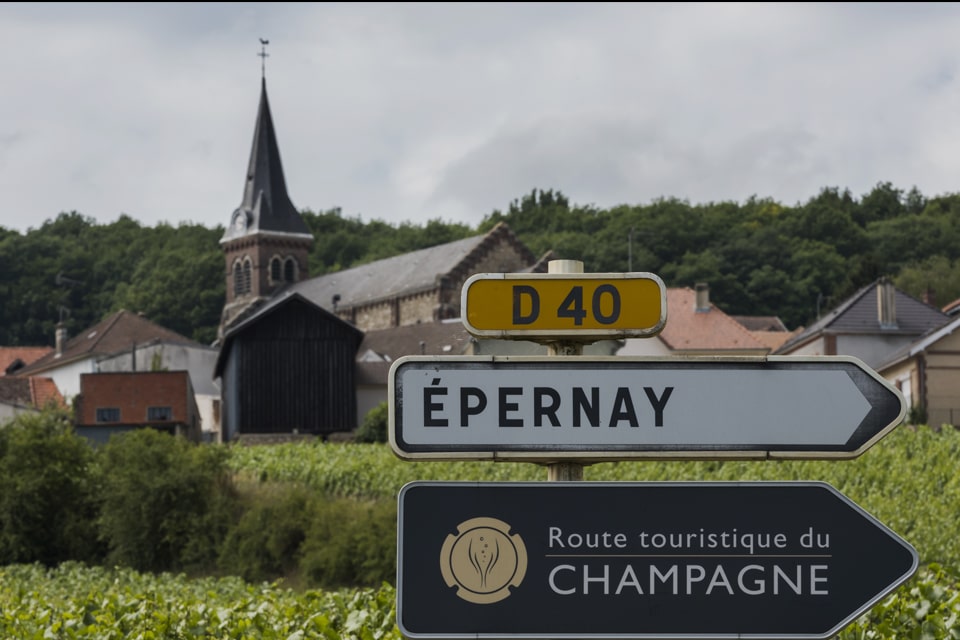
The United Kingdom has been importing Champagne from the AOC region since the 13th century. To this day, Champagne is still an incredibly popular and well-loved drink in the UK.
The concept of monarchs loving Champagne rings true to this day, as several Champagne producers have a UK royal warrant. A royal warrant is a warrant that authorises a company to display the royal arms symbol, indicating that goods or services are supplied to the sovereign or to a member of the royal family. Some of the most famous Champagne brands with a royal warrant include Krug, Veuve Clicquot, and Lanson.
Visiting the Champagne wine region is always recommended. The quickest way to get from London to the Champagne wine region is to fly from London Heathrow to Paris Charles de Gaulle. From there, you’ll get the train to Epernay. In total, the 419km journey can be done in around five hours. If you’re planning to take the trip, booking Champagne tastings and tours in advance is best, as these experiences often book up quickly.
So, to summarise…
The history of the Champagne wine region is as rich and captivating as the drink itself. The memories of Champagne’s origins can be seen first-hand in the numerous centuries-old cellars, the ruins of the cadoles, and the abbeys of days gone by.
For a full overview of the different types of Champagne, how it’s served, production methods and more, visit the Champagne Guide.
If all this reading has made you thirsty, browse the range of Champagne available at The Champagne Company today.

